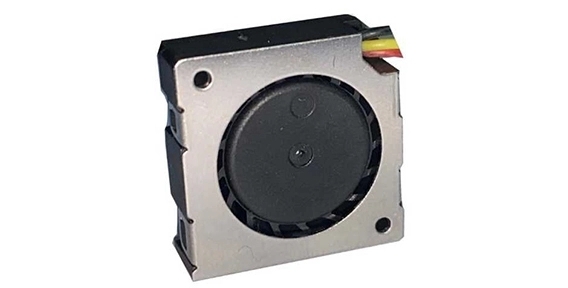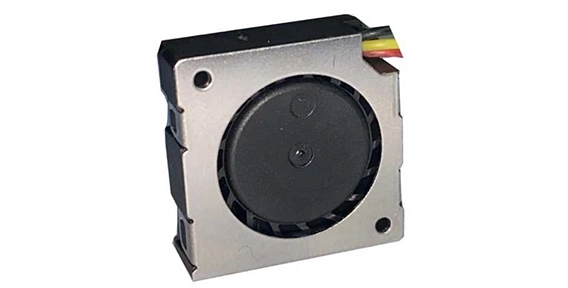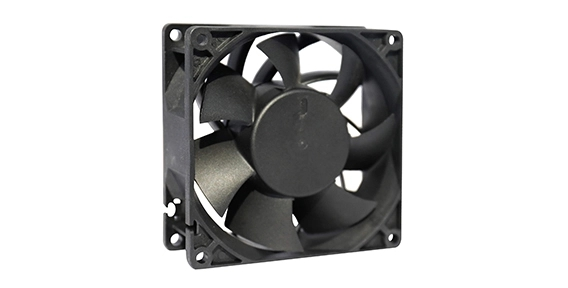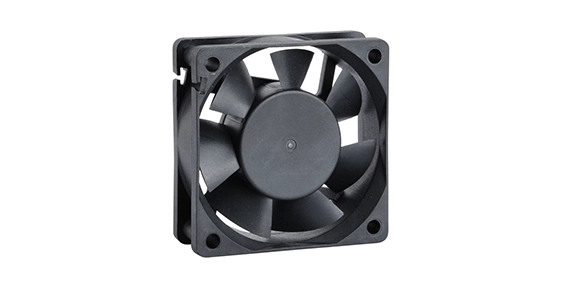As technology continues to advance, so too does our ability to create smarter and more energy-efficient buildings. One key component in these smart building systems is the integration of DC blower fans. These fans play a crucial role in various aspects of building management, from climate control to energy conservation. In this article, we will explore the different functions and benefits of DC blower fans in smart buildings.
Understanding DC Blower Fans in Smart Building Systems
DC blower fans are powerful and efficient devices that are designed to move large volumes of air. Unlike traditional fans, which operate using AC power, DC blower fans are powered by DC (direct current) motors. This allows for precise control and adjustment of fan speed, resulting in improved energy efficiency.
The Brains Behind DC Blower Fans in Smart Buildings
What makes DC blower fans truly smart is the integration of advanced sensors and controls. These fans are equipped with smart technologies that enable them to adapt to changing environmental conditions. By monitoring factors such as temperature, humidity, and air quality, DC blower fan can automatically adjust their speed and airflow to maintain optimal conditions within the building. This not only ensures comfort for occupants but also helps to reduce energy consumption.

DC Blower Fans as Catalysts for Green Building Initiatives
In recent years, there has been a growing emphasis on green building initiatives and sustainable practices. Industrial axial fans play a significant role in these efforts by consuming less energy and reducing carbon emissions. Compared to traditional fans, DC blower fans require up to 50% less power to deliver the same airflow. This energy efficiency translates into substantial cost savings and a smaller environmental footprint. By integrating DC blower fans into smart building systems, facility managers can make significant progress towards achieving their sustainability goals.

DC Blower Fans in Automated Climate Control Systems
One of the key applications of DC blower fans in smart buildings is in automated climate control systems. These systems use a combination of sensors, actuators, and intelligent algorithms to regulate the temperature, humidity, and airflow within a building. DC blower fans play a crucial role in this process by delivering the necessary airflow to maintain comfort while consuming minimal energy.
The integration of DC blower fans in automated climate control systems allows for precise control over air distribution. By adjusting the speed and direction of the fans, the system can effectively distribute warm or cold air to different zones within the building. This zonal control ensures that energy is not wasted on heating or cooling areas that are unoccupied or do not require as much conditioning.
In addition to their energy-saving capabilities, DC blower fans also contribute to improved indoor air quality. By constantly circulating and filtering the air, these fans help to reduce the concentration of pollutants and allergens. This results in a healthier and more comfortable living and working environment for building occupants.
In conclusion, the integration of DC blower fans in smart building systems offers numerous benefits, including energy efficiency, improved air quality, and cost savings. By understanding the functions and advantages of these fans, facility managers can make informed decisions when it comes to building management and sustainability initiatives. As technology continues to evolve, we can expect to see further advancements in DC blower fan technology, making smart buildings even smarter and more environmentally friendly.

 EN
EN 

 +
+
 +
+
 +
+



